In manufacturing, every second and every resource counts, and optimizing efficiency is critical. When operations are running efficiently and using materials and labor wisely, companies can produce more, waste less, and ultimately boost their bottom line.
Streamlined systems do more than reduce costs—they also lead to faster turnaround times, higher quality, and happier customers. All of that adds up to more business and revenue, so it makes sense to increase production efficiency wherever possible.
Here we’ll look at ways to improve efficiency in two important aspects of business:
- Manufacturing and shop floor operations
- Overall organizational productivity
Improving manufacturing and production efficiency starts with the right strategies, tools, and mindset. Let’s explore some of the most effective ways to make that happen.
How to Improve Manufacturing Efficiency
Manufacturing efficiency is about more than asking your line teams to work faster. It requires a deliberate approach to eliminating waste, improving workflows, and creating a culture of continuous improvement. Here are five steps you can take to improve efficiency in your manufacturing facility.
1. Identify and Eliminate Waste
One of the most widely used strategies for reducing waste in manufacturing is the Lean methodology. Here, the focus is on eliminating waste, which is anything that does not add value to the final product. Some examples of waste include:
In addition, techniques like 5S (i.e., Sort, Set in Order, Shine, Standardize, Sustain) create a clean, organized workspace that promotes efficient operations. And, hosting Kaizen events, which are short-term projects focused on process improvement, lets employees share insights and resolve inefficiencies in real-time.
2. Optimize Production Processes
Start by visually mapping your production flow from start to finish. This is a great way to pinpoint bottlenecks and other places where things slow down. The best solution depends on the details of the situation, but some effective changes may include:
3. Maintain Equipment
Equipment that’s idle or malfunctioning has a negative effect on productivity. Planning and following preventive maintenance routines keep machines in good repair and limit unplanned downtime. Keep spare parts readily available and track equipment performance with KPIs like cycle time, error rates, changeover time, and capacity utilization to monitor how machines are really performing.
4. Improve Material Flow
Implementing Just-In-Time (JIT) inventory practices ensures you’re only stocking as much as you need for a given time period, when you need it. This reduces clutter and carrying costs. You can also streamline how materials move through your facility to cut lead times and get products out the door faster.
5. Empower Employees
Employees are more engaged and productive when they are well-trained, supported, and recognized. Regular training programs, incentives for innovation and waste reduction, and clear paths for advancement go a long way toward better morale and higher retention. When your team feels invested in the process, they’re more likely to help improve it.
How to Improve Production Efficiency
While manufacturing efficiency focuses on the shop floor, production efficiency looks at the big picture—data, technology, people, and partnerships. Here are some ways to enhance efficiency organization-wide.
1. Make Decisions Based on Data

Make Decisions Based on Data
Use data collected from production logs, equipment sensors, and quality systems to uncover inefficiencies. Monitor metrics such as cycle time, throughput, and defect rates to track progress over time. A Manufacturing Execution System (MES) can give you real-time insights and support smarter decisions on the fly.
2. Integrate New Computer Technology

Integrate New Computer Technology
Embrace the power of Industry 4.0. “Smart” technologies like the industrial internet of things (IIoT), AI, and machine learning can help forecast demand, fine-tune procurement, identify quality issues, and adjust production schedules. Predictive modeling and advanced analytics can help you optimize everything from labor allocation to material use.
3. Optimize Your Supply Chain
Production is only as efficient as your supply chain and ability to source materials. Build strong relationships with vendors, explore vendor-managed inventory (VMI) programs and outsourcing for components or processes that exceed your resources, and track quantities, lead times, and logistics issues for greater visibility across supply lines. When your supply chain is strong, production runs more smoothly and predictably.
4. Focus on Ergonomics
Efficient production depends on healthy workers who are up to the job. Design workstations that reduce eye and muscle strain and fatigue over the course of shifts, days, weeks, or months. Introduce flexible scheduling and regular breaks to improve focus and morale. A safe, ergonomic workplace leads to better output and fewer injuries.
5. Build a Culture of Continuous Improvement
Encourage a workplace culture that welcomes feedback and new ideas. Hold regular process audits to spot new opportunities and keep improvement top of mind for everyone. When employees are empowered to question and refine how things are done, real transformation happens.
Learn More Manufacturing Tips from American Crane
Improving production and manufacturing efficiency isn’t a one-time effort—it’s an ongoing journey. By reducing waste, integrating smart technologies, and empowering your team, you can create a more agile, profitable, and resilient operation.
At American Crane, we offer the tools, services, and expertise to help you stay ahead. Whether you’re looking to upgrade your equipment, streamline your material handling processes, or optimize your facility’s workflow, our team is here to help. Explore our resource library and ebooks to discover more tips and insights to improve your manufacturing facility and processes. To get started on a project, contact us or request a quote today.












